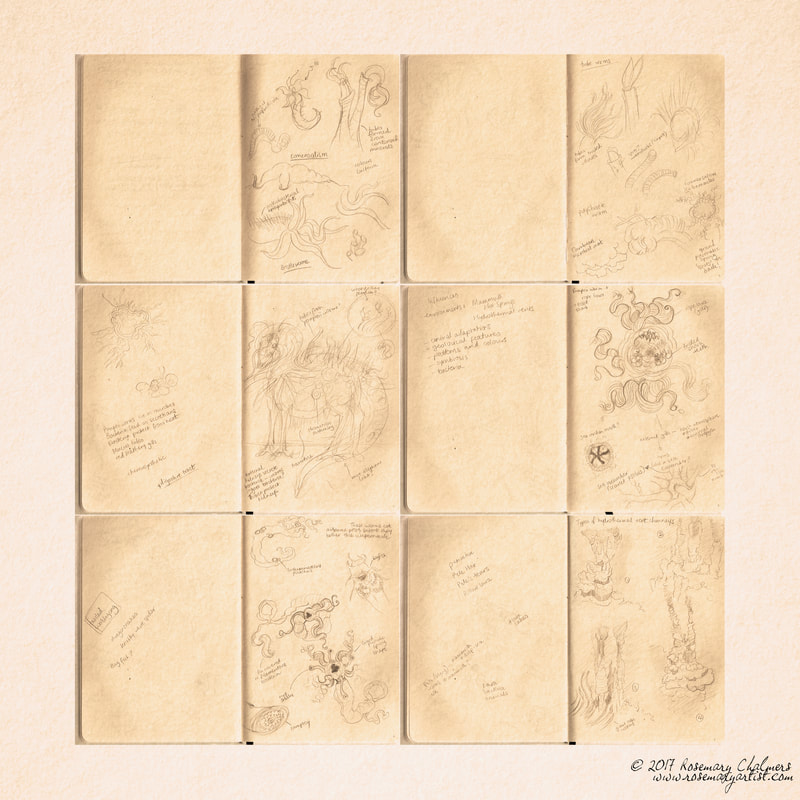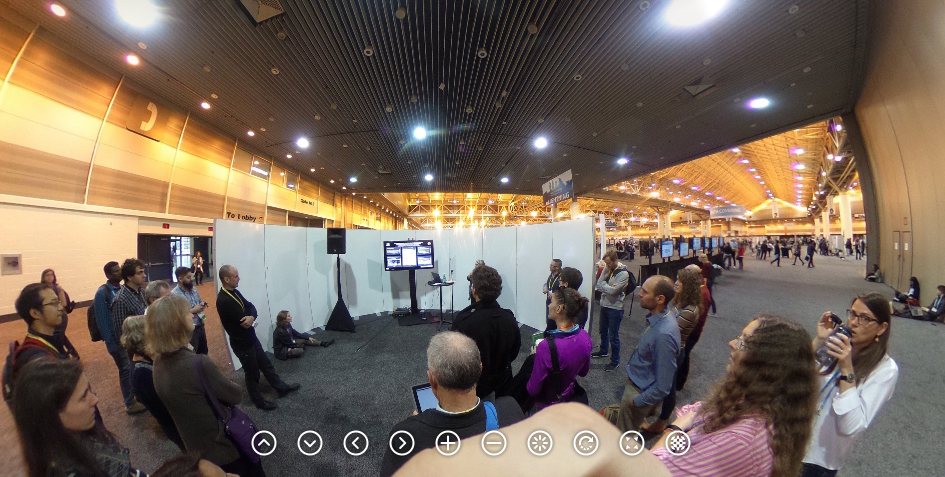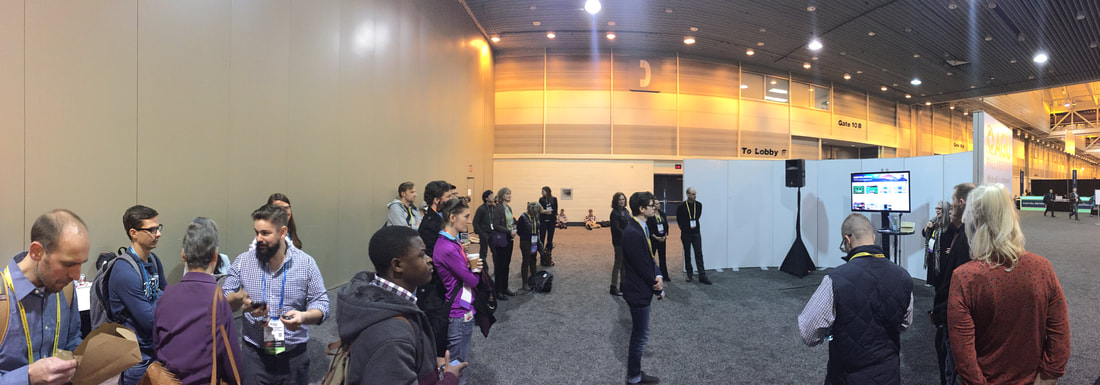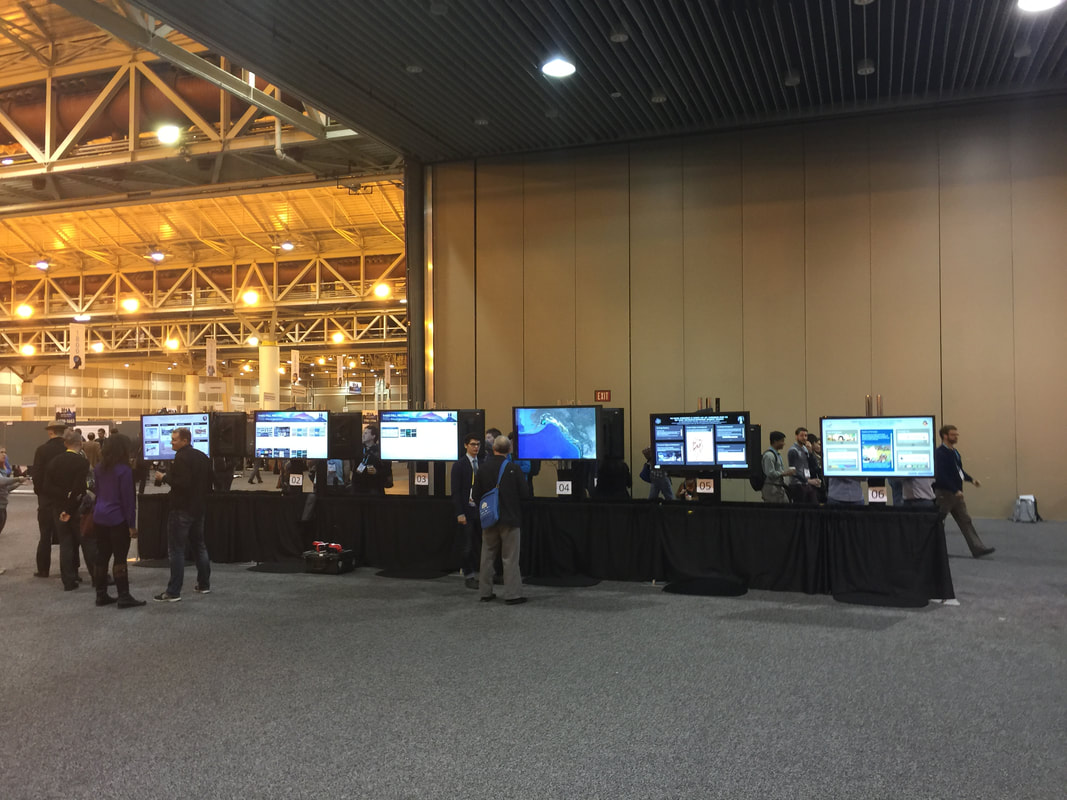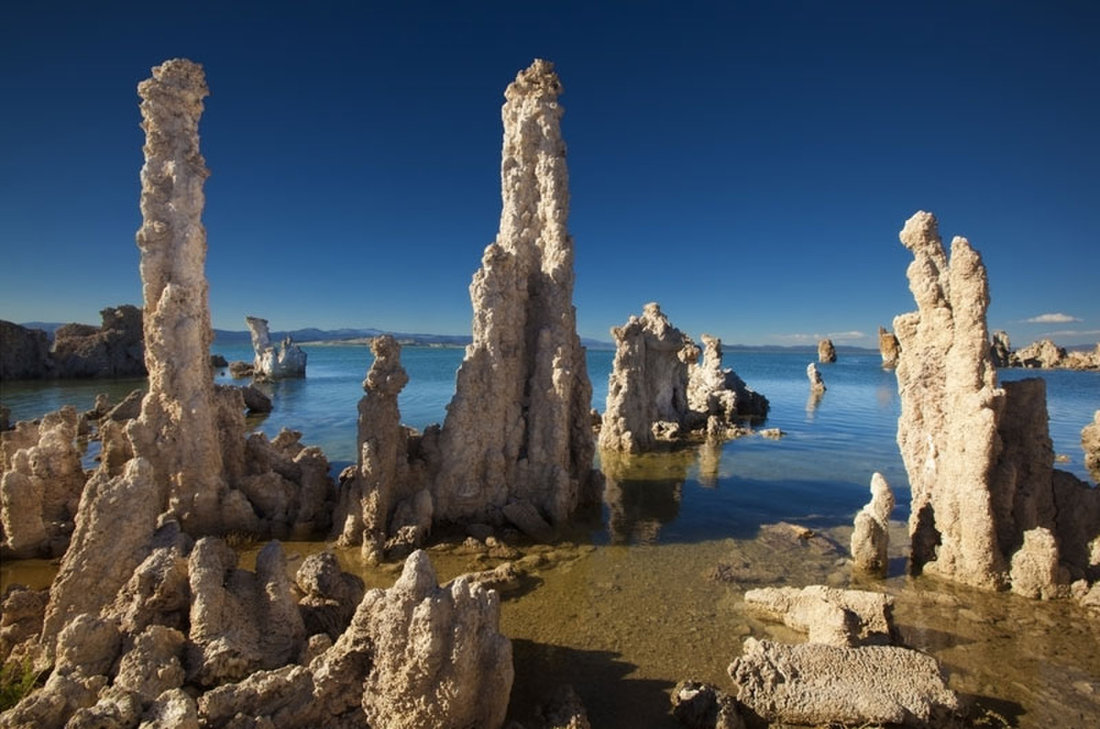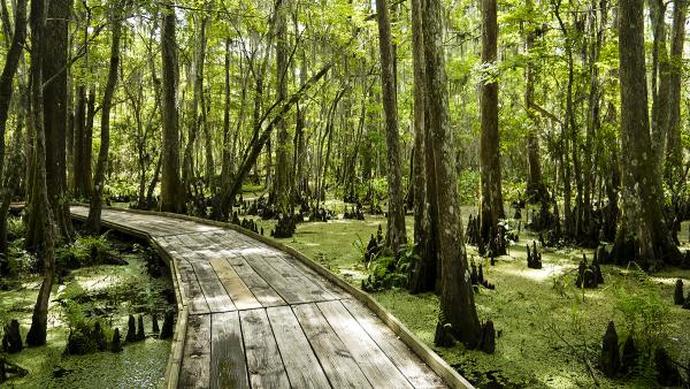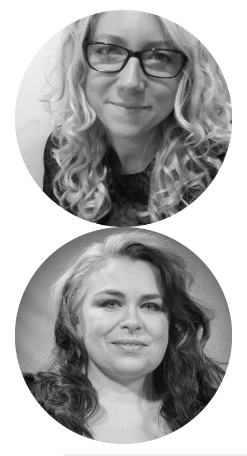|
Rosemary New creature design sketches Things have been winding down a bit after the AGU presentation and in the run-up to Christmas. However, we are keeping things simmering because, despite this being the last official blog post of the residency, Jill and I will be carrying on developing this project in the New Year. To develop a richer sense of the fauna in our world we have been concepting a hydrothermal-like worm that lives off the ancient elk-like creature. It could thrive on the back of the large beast, secreting minerals to form a tube for shelter, feeding on secretions from its host. There is potential to create the beginnings of a food web. The sandhill crane-like creatures (from Week 5) could in turn feed on the worms from the elk-like creatures back. Below are some of the developmental sketches for these speculative fictional worms. The question is, will they live in symbiosis with or as a parasite of the elk-like creature? Closing thoughts: In the New Year, I’ll be putting together more of a summative post about my thoughts and findings on the collaboration. For now, check out Jill’s post about her amazing time at AGU! Jill Hello All, It has been a very fruitful week. I presented our work at AGU Fall Meeting in New Orleans. I had many wonderful discussions and interest in our work that has helped to further ideas and spark some new ones. Rose and I plan to keep moving forward with our project beyond the residency so we will have time to explore these ideas in the New Year. AGU Presentation I presented our work at the AGU Fall Meeting in the new e-lightning format. The session started off with quick 3-min introductions by each of the session participants, followed by a Q & A session and then a break-out to our individual interactive touch screen presentations. We had a great group of presenters and many interested attendees who stopped by to hear about our work. All in all this session ran about 2 hours which wasn’t enough time, I could of spent the whole afternoon chatting to people. We had a wonderful informal post-presentation meet up and were able to continue the conversations well into the evening. Introductions to the “Immersive and Engaging Experiences in Geosciences” session. 360 photo by Peter Webley. Jill presenting to colleague Brian Perttu. Movie Clip by Peter Webley. To see the interactive iposter please visit the AGU e-lightning gallery. Soundscape To develop a soundscape we have started with using infrasound data that has been "pitched up" or compressed in time which increases frequency. These recordings provide an eerie and other-worldy quality to the fantasy landscape. Ambient Environmental Sound: We envision a thriving community where the creature exists within an entire ecosystem. Here we use the infrasound of the Doppler shift of passing airplanes that mimic the sounds of birds or insects. Creature Movements: We envision our creature to be large and lumbering from dinosaur to dragon-like scale. Here we use infrasound from the Sangeang Api volcano, Indonesia eruption 5/31/2014 05:30 UTC to imagine the movements of a large creature upon the landscape. The "thud" in this track is the eruption. It is a high amplitude, low frequency signal. Plume height of the eruption was 11.75km above the vent. Noise could be due to ocean interaction with atmosphere or anthropogenic. Infrasound data provided by Anna Perttu Earth Observatory Singapore. As recorded at IO6AU infrasound station on Cocos Island in the Indian Ocean, part of the International Monitoring System. A network designed to monitor the globe for nuclear tests. The project is a collaboration between the Earth Observatory of Singapore and the School of Art, Design and Media at Nanyang Technological University. (Anna Perttu, Benoit Taisne, and Ross Williams). Environment Design Tufa Towers: I had some fun conversations with colleagues where we compared and contrasted the hypothetical subaerial smoking vents from our environment design with the real world black smokers and geysers that inspired it. We discussed tectonic settings, confining pressures, thermal gradients, subaerial versus submarine volcanism, chemical compositions and pH. Through the discussions we decided to look more into the Tufa Towers at Mono Lake, California as a reference locality. These limestone towers formed in underwater hot springs that are now exposed due to a drop in lake levels. Louisiana Wetlands: In our environment design for the Valley of Ten Thousand Smokes we were looking at a hybrid landscape of black-smokers and swampy hot springs. The wetland regions in New Orleans and greater Louisiana will be a rich source of reference for future iterations in the design phase. Looking wetland ecology, swamps, marsh, bogs, and bayous. Future Ideas
Through discussions with colleagues there was interest in creating a workshop or an educational lesson plan for exploring ecology through creature and environment design. Rose and I will continue to discuss these ideas as we move forward. I am very grateful for all of the stimulating discussions and ideas that came out of presenting our work at AGU. Happy Holidays to All!
0 Comments
Leave a Reply. |

